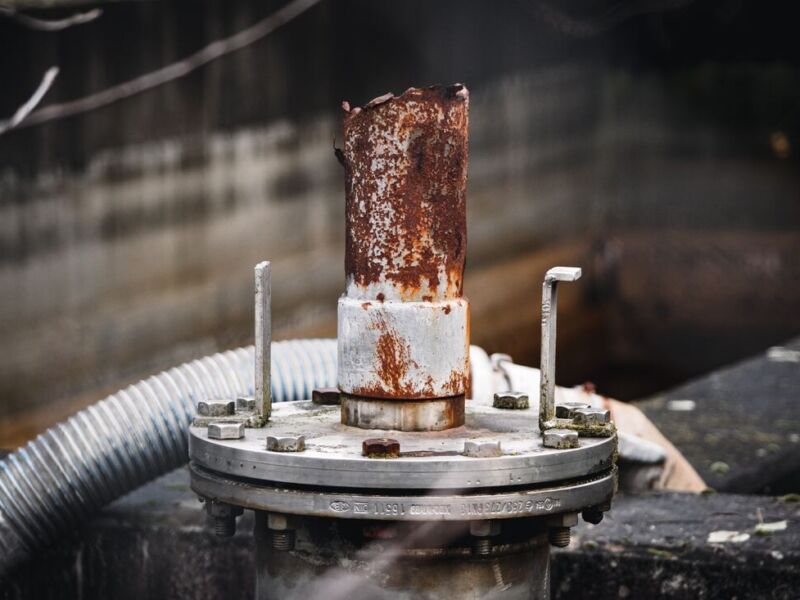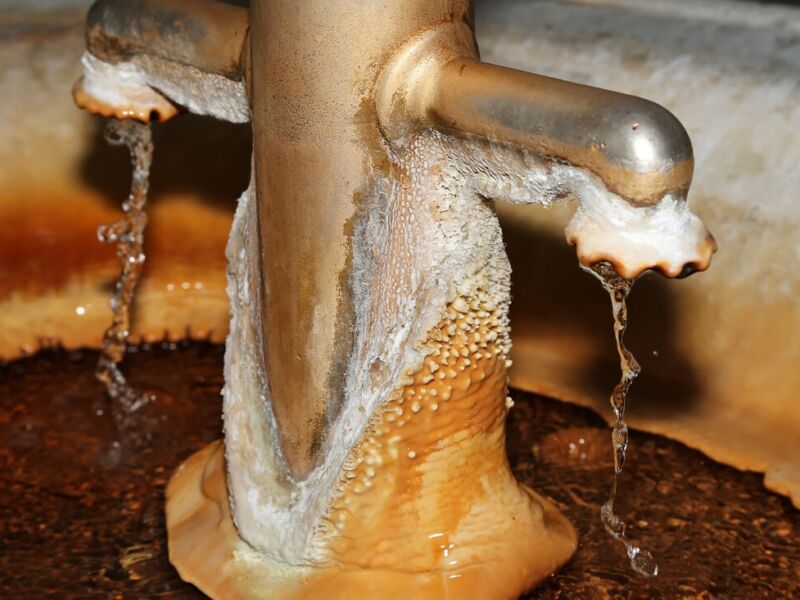
Introduction
Warehouses are essential for businesses that require storage space for their inventory and equipment. However, these large industrial spaces are also susceptible to water damage, which can have detrimental effects on the stored items, infrastructure, and overall operations. In this article, we will explore the causes of water damage in warehouse settings, effective prevention methods, and the importance of water damage restoration in warehouses.
Causes of Water Damage in Warehouse Settings

1.
Leaking Pipes
Leaking pipes are one of the primary causes of water damage in warehouses. Over time, pipes can develop cracks or joints can loosen, leading to water leakage. This can result in extensive damage to the warehouse structure and inventory if not addressed promptly.
2.
Roof Leaks
Issues with the roof, such as damaged shingles or faulty flashing, can allow water to seep into the warehouse. Heavy rains or storms can exacerbate the problem, leading to significant water damage. Regular roof inspections and maintenance are crucial to prevent roof leaks.
3.
Foundation Issues
Foundation problems, such as cracks or settlement, can lead to water entering the warehouse through the floor. Poor drainage systems around the warehouse can also contribute to water accumulation, increasing the risk of water damage.
4.
Severe Weather Conditions
Warehouses located in areas prone to hurricanes, floods, or heavy rains face an increased risk of water damage. Extreme weather events can cause water to infiltrate the building, resulting in extensive damage to the inventory and infrastructure.
Preventing Water Damage in Warehouses

1.
Maintain Regular Inspections
Regular inspections of the warehouse, including the roof, plumbing system, and foundation, can help identify potential issues before they escalate. It is essential to address any signs of leaks or structural damage promptly.
2.
Proper Drainage Systems
Ensuring efficient drainage systems around the warehouse can prevent water accumulation. Clearing debris from gutters and downspouts regularly, and maintaining proper grading around the building can help redirect water away from the warehouse.
3.
Invest in Waterproofing
Waterproofing the warehouse can provide an extra layer of protection against water intrusion. Applying waterproof coatings to the exterior walls, installing water-resistant flooring, and sealing any gaps or cracks can help prevent water damage.
4.
Install Leak Detection Systems
Installing leak detection systems, such as water sensors and alarms, can provide early warnings of potential water leaks. These systems can help mitigate water damage by alerting warehouse staff to take prompt action.
The Importance of Water Damage Restoration in Warehouses
Water damage restoration is essential in warehouses to minimize the impact of water damage and restore the facility to its pre-damage condition. Here are some reasons why water damage restoration is crucial:
1.
Preventing Mold Growth
Water damage can create a favorable environment for mold growth. Mold can spread quickly and pose health risks to warehouse staff and damage the inventory. Professional water damage restoration services can effectively remove excess moisture and prevent mold growth.
2.
Preserving Inventory
Water damage can destroy or severely damage inventory stored in warehouses. Swift water damage restoration can help salvage items, minimize financial losses, and reduce downtime for businesses.
3.
Restoring Structural Integrity
Water damage can weaken the structural integrity of the warehouse. Professional restoration services can assess the extent of the damage and implement appropriate repairs to ensure the building remains safe and structurally sound.
4.
Insurance Compliance
Proper water damage restoration is often required to comply with insurance policies. Failing to address water damage promptly and adequately may result in claim denials or reduced coverage.
Frequently Asked Questions (FAQ)
What should I do if I discover water damage in my warehouse?
How long does water damage restoration take in warehouses?
Important Facts and Statistics
– The development of statistics in the exploratory analysis was carried out with pipe breaks between 1995 and […] (source: Pipe breaks and estimating the impact of pressure control in water …)
– Major environmental stressors, such as earthquakes and tremors, cause the most severe pipe damage for properties along geological fault lines. – Broken pipes tend to be the symptom of another problem, and that problem will also need to be resolved. (source: Burst & Damaged Pipes: How Leaks Can Cause Water Damage)
– A recent study by Gallet’s group and the Chicago Metropolitan Agency for Planning found that the Chicago area alone is losing 22 billion gallons of treated water per year through leaky pipes.
Conclusion
Water damage can be a significant problem in warehouse settings, but with proper prevention measures and prompt water damage restoration, the impact can be minimized. Regular inspections, maintaining proper drainage systems, and investing in waterproofing can help prevent water damage. In cases where water damage does occur, professional restoration services are crucial to mitigate the damage and restore the warehouse to its normal functioning.



